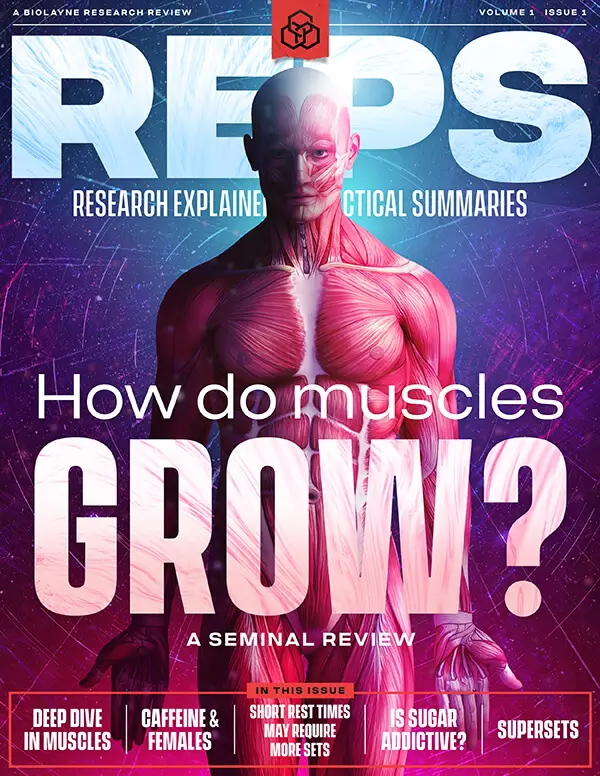Does the menstrual cycle significantly influence strength levels, and if so, how can female athletes optimize their training accordingly?
Overview
What did they test? The researchers conducted a systematic review to explore how different phases of the menstrual cycle affect maximal strength in athletes. Specifically, they looked at isometric, isokinetic, and dynamic maximum strength across various cycle phases, focusing on comparisons between the early follicular phase and at least one other phase.
What did they find? They found medium effects for isometric maximal strength and small effects for both isokinetic and dynamic maximal strength in favor of the late follicular and ovulation phases. The early follicular phase was found to be the least favorable for all types of strength tested.
What does it mean for you? Tailoring strength testing to align with the late follicular or ovulation phases could potentially enhance performance but the effects are likely to be small.
What’s the Problem?
From our previous article on the menstrual cycle:
“Men's sex hormones tend to remain relatively consistent on a day-to-day basis while women experience more significant hormonal fluctuations in their menstrual cycle, something that has often led to exercise scientists, somewhat wrongfully, biasing their participant selection towards males to avoid potentially having to control for menstrual cycle phases. The latter has often been thought necessary as it is widely believed that a woman’s menstrual cycle can affect her training performance and potentially even the adaptations induced by training due to hormonal fluctuation. If you’ve ever done any research around the menstrual cycle and its effect on training performance and adaptations you may have come across several articles discussing tips on adjusting training on different phases, with some even quoting elite athletes who have had issues with their training during certain phases of their menstrual cycle.

The menstrual cycle has four phases: menstruation, follicular, ovulation, and luteal. Menstruation, commonly called a period, is the shedding of the uterus lining. The follicular phase is when the uterus lining thickens, and the ovary produces follicles that mature into an egg. Ovulation is when the egg is released, and the luteal phase is when the uterus lining thickens in preparation for pregnancy, but sheds if pregnancy does not occur.”
We’ve previously looked at whether a woman’s menstrual cycle can affect strength or hypertrophy adaptations 1, with results showing that planning training specifically around one’s menstrual cycle may be somewhat of a waste of time. However, the previous umbrella review we looked at noted that the current available literature on the topic is limited.
Thankfully, about a year later, we have some more data on the topic, albeit with a twist. A meta-analysis by Niering et al looking at the influence of menstrual cycle phases on maximal strength performance in healthy females was published with its results hinting at the possibility of menstrual cycle phases, indeed, playing a role in strength performance.
If the menstrual cycle phase does indeed play a role in strength performance, that could have serious implications for strength athletes (eg: powerlifters) or recreationally active people looking to attempt a new person record.
Let’s take a closer look to see if that’s really the case!










